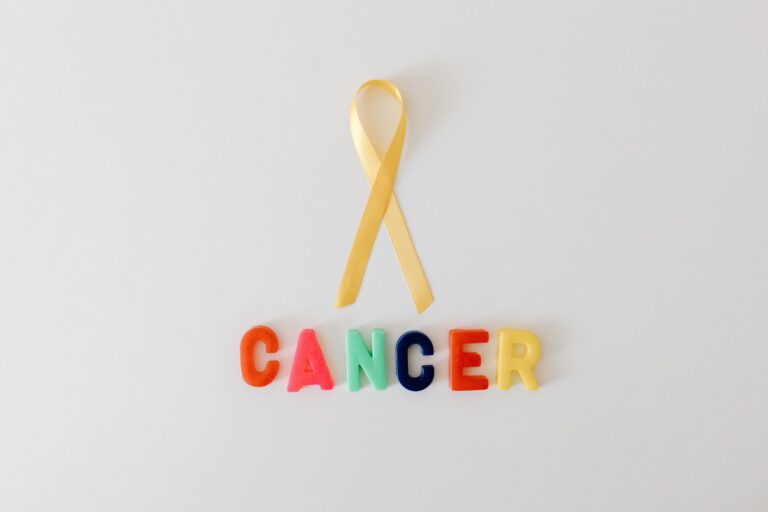What is Cancer
Cancer is essentially when cells in the body start to grow uncontrollably. Our bodies are made up of trillions of cells, organized into tissues and organs. Normally, cells grow, divide, and die in a very controlled way to keep our bodies functioning properly. But sometimes, this process goes wrong.
Several factors can increase the risk of mutations that lead to cancer, including genetics, lifestyle choices (like smoking and diet), environmental exposures (such as radiation and certain chemicals), and infections from certain viruses.
What happens inside body during cancer
When cancer develops in the body, several processes occur that disrupt normal cell function and behavior. Here’s an overview of what happens inside the body during cancer:
- Cell Mutation and DNA Damage: The journey of cancer begins at the cellular level, with mutations in the DNA. These mutations might occur due to various factors, including exposure to harmful substances (like tobacco smoke or UV light), aging, or genetic predisposition. These mutations cause errors in the DNA instructions that a cell uses to function and divide.
- Uncontrolled Cell Growth: Normally, cells grow and divide in a regulated manner. However, mutated cells often lose this regulation and begin to grow and divide uncontrollably. This can lead to the formation of a mass of tissue, known as a tumor. Not all tumors are cancerous; benign tumors do not invade other tissues or spread throughout the body.
- Evading Growth Suppressors: The body has mechanisms to prevent uncontrolled cell growth, including tumor suppressor genes. Cancer cells can bypass these mechanisms, allowing them to continue growing without interference.
- Avoiding Cell Death: Cells are programmed to die when they are damaged or no longer needed, in a process called apoptosis. Cancer cells can avoid this programmed cell death, allowing them to survive and multiply even when they should not.
- Angiogenesis: For a tumor to grow beyond a certain size, it needs a blood supply to receive nutrients and oxygen. Cancer cells can stimulate the formation of new blood vessels in a process called angiogenesis. This blood vessel growth supports the tumor’s expansion.
- Invasion and Metastasis: Cancer cells can invade nearby tissues and spread to other parts of the body through the bloodstream or lymphatic system. This process, called metastasis, can lead to the formation of new tumors in other organs or tissues far from the original cancer site.
- Immune System Evasion: The immune system usually identifies and destroys abnormal cells. However, cancer cells have ways to evade immune detection, allowing them to grow and spread unchecked.
Throughout these processes, the body may attempt to fight back against the cancer cells, but the effectiveness of this response can vary greatly depending on many factors, including the type of cancer, the individual’s overall health, and immune system strength. The complexity of cancer makes it a challenging disease to treat, requiring targeted therapies that can address the specific characteristics of the cancer cells in each individual.






